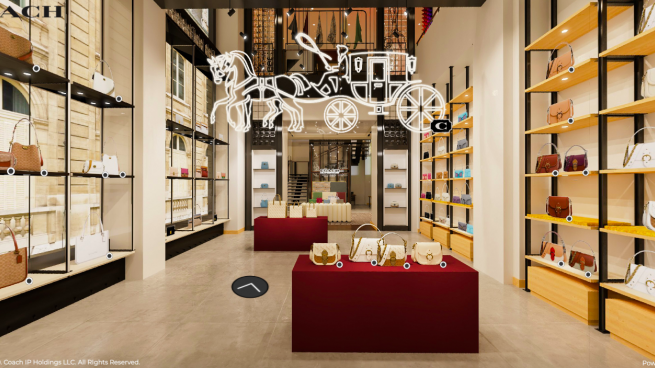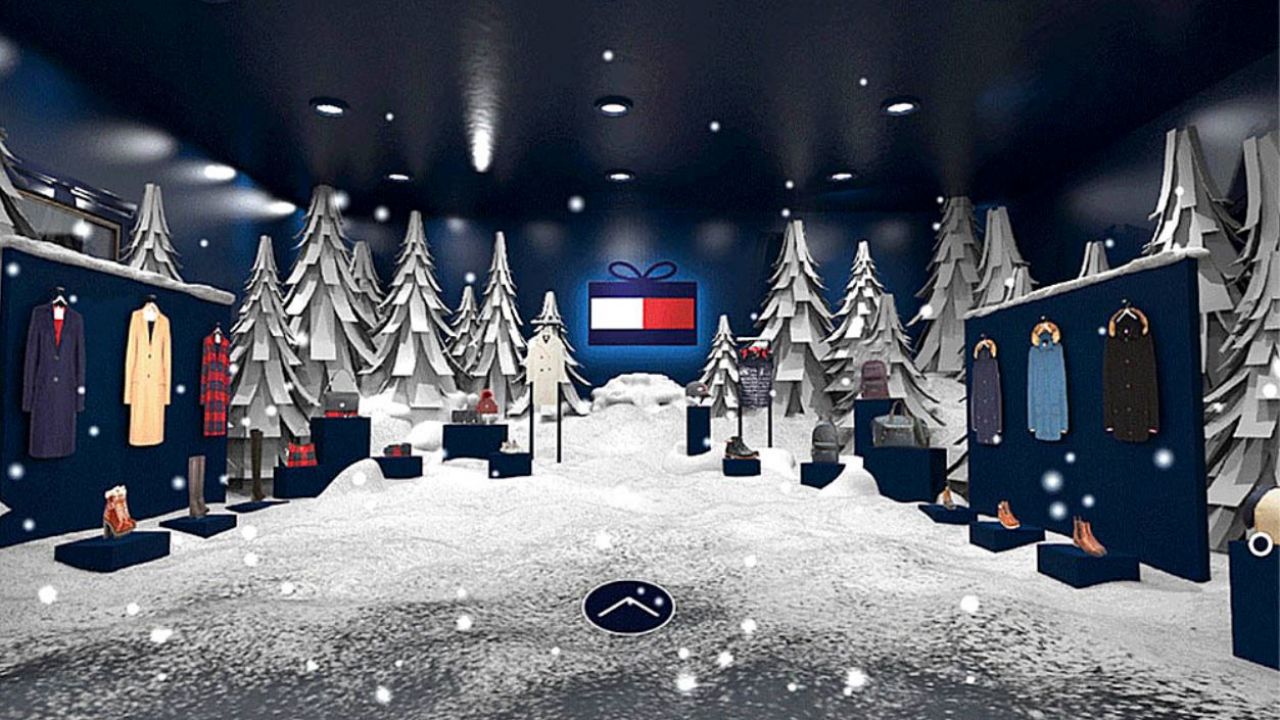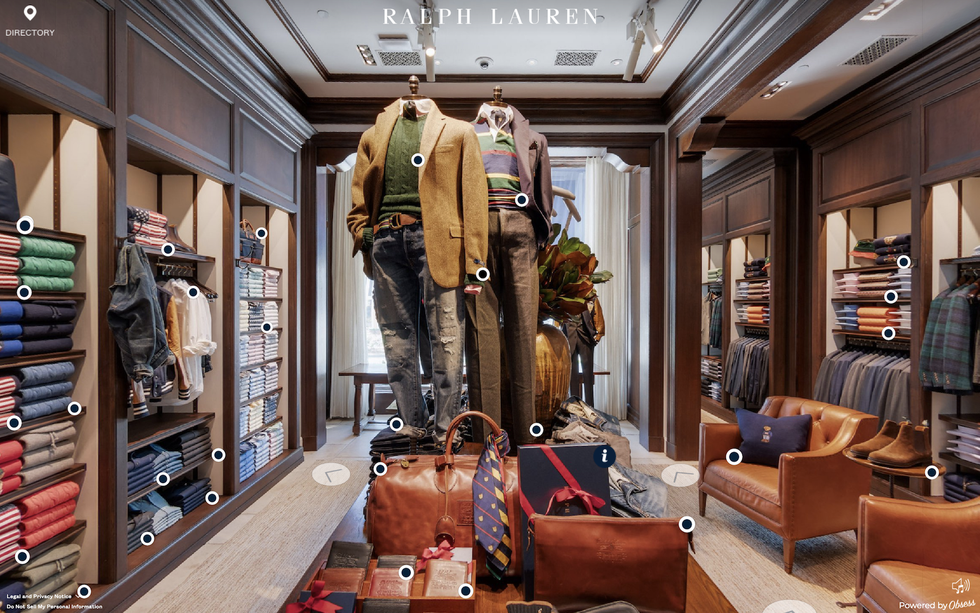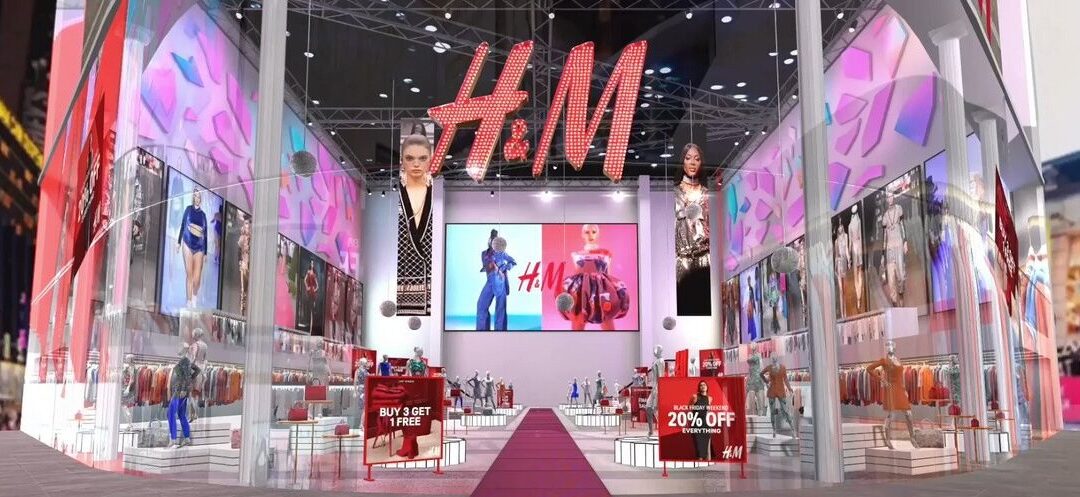For the past few years, the pandemic and the subsequent technological developments and trends brought us closer to the digital realm than ever. Our time spent online exponentially increases every day. For many of us, this also includes doing a big part of our shopping online as well. Now, we are using online shopping channels more than ever. However, our changing internet habits are propelling us to have new expectations from the brands we shop from. Younger customers, in particular, are looking for a more engaging and immersive shopping experience. Virtual stores are the latest trend to be born out of the changing relationship between brands and customers.
Reflecting a unique, more accessible interpretation of VR; virtual stores have emerged as a new approach to online shopping. Brands ranging from Nike to Charlotte Tilbury are experimenting with different forms of virtual store experiences. It has become a fast-growing trend among brands amid the metaverse boom. Virtual store software provider Obsess, for example, has created more than 100 virtual stores for brands including Coach, Ralph Lauren, Tommy Hilfiger and Dermalogica.

So, how do virtual stores actually work and what benefits do they have for retailers?
The concept of virtual stores isn’t exactly brand new. As far back as 2011, companies like the British grocery giant Tesco had experimented with the idea of virtual stores in countries such as South Korea. However, at the time, e-commerce was a nascent concept itself and not to mention that AR and VR technologies were nowhere near widespread; so, the idea of virtual stores was shelved for a good portion of the last decade.
When 2021 arrived, this started to change. As e-commerce started to become the dominant way of shopping, retailers started to search for ways to create better customer experiences. Typically, online shopping is mainly focused on speed and convenience, as it is mastered by the giants of retailers like Amazon and Alibaba. For the past two years, we started seeing a shift among consumers: they started prioritizing immersive brand experiences that put the customer front and center. This was coupled with the willingness of both customers and brands to experiment in digital spaces.
A virtual store is the digitized 3D response to the personalized experience that customers get from visiting a physical store. They are navigable, branded spaces that completely digitalize the browsing experience we’d normally expect from the traditional stores. The final product is a three-dimensional space where consumers can roam around and explore displayed goods, just like they would do in a physical store but from the comfort of their home. There are two ways brands can build their virtual stores. While brands like Beko build virtual stores on their own websites, others such as Gucci and Vans have created destinations within existing metaverse platforms, mainly Roblox and Fortnite.
Virtual stores, like many components of the metaverse, are free from the space and time constraints of real life. This means that customers can visit these stores without having to rush to a certain location during a limited time of the day. This also gives brands a chance to experiment with different elements without the concern of construction needs, space size, or money. Thanks to the limitless creativity VR provides, brands can create a whole new virtual store experience with the most grandiose and elaborate displays possible. Tommy Hilfiger, for instance, built a “snow room” within its virtual store during the holiday season.

Moreover, since these stores are built in an online setting, they can easily utilize data in order to be able to track a customer’s activity, purchase history, taste and demographic profile. Brands can use this data to provide new and more personalized recommendations and encourage purchases. This is a crucial element since one of the most important components of marketing today is personalization.
Younger generations in particular are more drawn to brands that provide them with personalized experiences. This brings us to the other benefit of virtual stores. They give brands a chance to introduce themselves to new audiences. By borrowing the visual and interactive format they are used to from gaming and social media, brands can build relationships with the younger generation. These types of engaging experiences also help brands create strong communities among their customers.
Although virtual stores originally emerged to satisfy the need to close the gap between e-commerce and in-store retail, they are now maturing far beyond being just an amalgamation of e-commerce and in-store shopping. “From physical stores, they borrow immersive, visually appealing experiences for both entertainment and utility; from e-commerce, they borrow convenience and data,” says Vogue Business editor Maghan McDowell.
Virtual Store Examples
With the developments around the metaverse, many brands have started to experiment with virtual stores. Here are some examples of virtual store examples from different industries:
Beko: Beko, which is one of the major appliance and consumer electronics producers in the world, launched the “Online Experience Store” in April. Beko’s virtual store gives customers a chance to walk around and explore selected products in a 3D space. The visitors can view the features of the products, and proceed to the purchase process. Online Experience Store even provides an AR service to the customers to see how products would look in their homes.
Charlotte Tilbury: Charlotte Tilbury, the UK retailer founded by the makeup artist of the same name, launched the digitized version of a brick-and-mortar store on its e-commerce site in November 2020. The Charlotte Tilbury virtual store is a three-dimensional, immersive shopping experience in which consumers are directed by a “Magic Charlotte” avatar to virtually recreate an in-store visit from the comfort of their own home. Customers may browse, purchase, get tailored product suggestions, attend live events with Tilbury and special guests, and watch beauty and skincare demonstrations in the virtual store.

Dermalogica: The American personal care companyvcreated a standalone virtual reality storefront to show off its latest products. Aligning with the company’s position as an innovative and education-led brand, the virtual store features an avatar of Dr. Angela Murphy, Dermalogica VP of technology and innovation, talking about the brand’s new Smart Response Serum as well as four other products.

Ralph Luren: In 2020, the American fashion company Ralph Lauren launched the RL Virtual Store Experience. The experience allows consumers to virtually step into the world of Ralph Lauren’s most well-known retail spaces around the world – in New York, Beverly Hills, Moscow, Paris and Hong Kong. “With the virtual store program, our goal was to reimagine the experience of walking into and shopping a Ralph Lauren retail store through an augmented reality experience,” said David Lauren, Chief Innovation and Branding Officer of Ralph Lauren.

From makeup to fashion and home appliances, brands are coming up with innovative ways of utilizing VR in order to create alternative shopping channels and experiences. Although it is hard to say that the concept of virtual stores will replace online or physical stores, it is fair to say that it is emerging as a third option for retailers. As AR and VR technologies develop furthermore, we’ll start seeing much more immersive and engaging versions of virtual stores. In the meantime, there is plenty of room for brands to experiment with different ideas and see how their customers respond to them. In this sense, virtual stores provide retailers with a new space where they can come up with new ideas.

